Malaysia’s Potential Trillion-Ringgit Rare Earth Industry
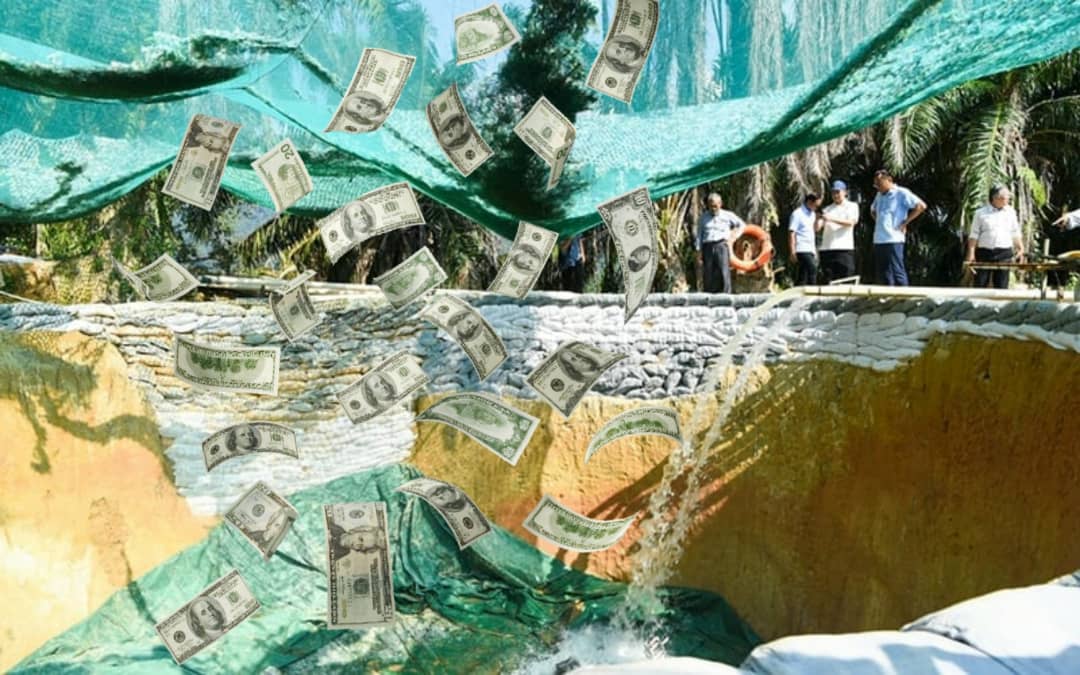 Thirsty for JUICE content? Quench your cravings on our Instagram, TikTok and WhatsApp
Thirsty for JUICE content? Quench your cravings on our Instagram, TikTok and WhatsApp
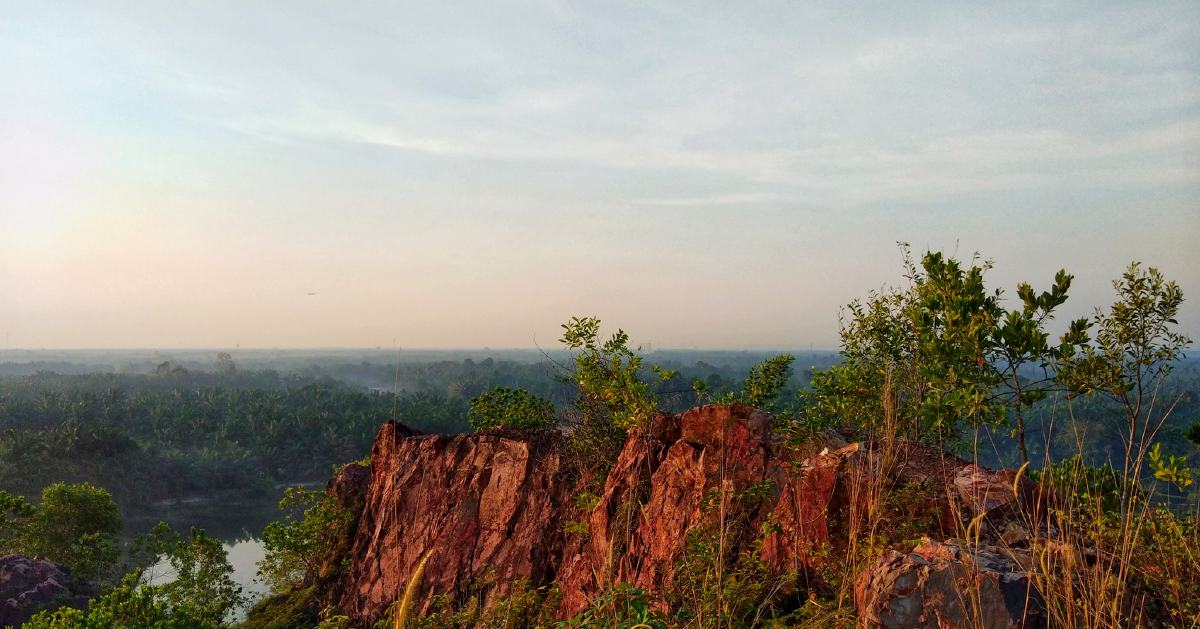
Did you know that Malaysia holds a ‘hidden treasure’ beneath its soil? It’s not gold or diamonds, but something equally valuable – rare earth elements.
These elements, namely Praseodymium (Pr), Neodymium (Nd), and Dysprosium (Dy), are essential for making cool stuff like electric cars, smartphones, and even military appliances.
Minister Nik Nazmi revealed in July 2022 that Malaysia possesses approximately 16.1 million tonnes of non-radioactive rare earth elements. That’s worth almost RM1 trillion!
According to Malaysia’s Minerals and Geoscience Department, rare earth minerals are found in ten of the country’s 13 states, spanning both the Malay Peninsula and Borneo Island. In August 2022, it was reported that Perak itself holds approximately 1,687,500 tonnes of lanthanide – valued at around RM96 million.
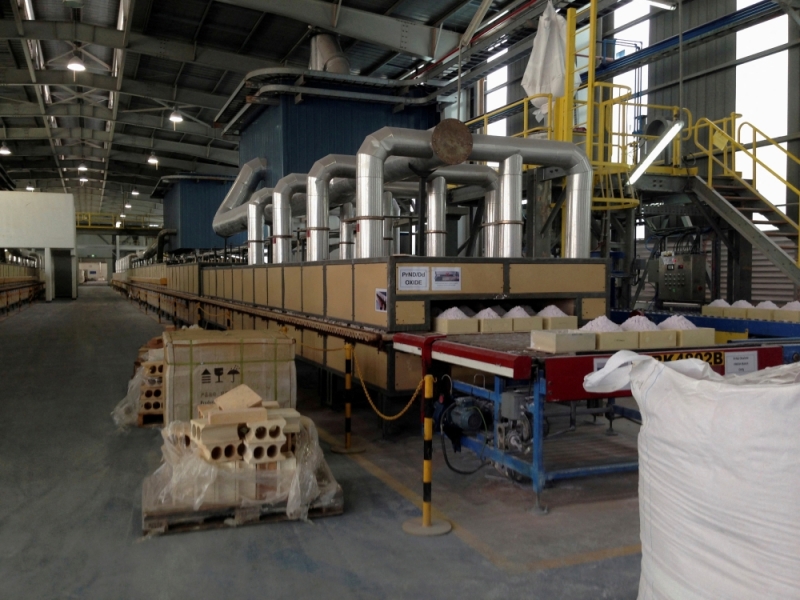
Despite their name, rare earth elements are not actually scarce, but are challenging to extract due to their dispersed distribution within the Earth’s crust.
Rare earth elements (also called NR-REEs) are also integral components in numerous high-tech industries including wind turbines and everyday consumer electronics.
NR-REEs also play a pivotal role in advancing green technology, particularly in the production of high-power magnets vital for EV motors and renewable energy applications.
As global demand for EVs and renewable energy technologies surge, the need for rare earth elements is expected to escalate.
In fact, by 2030, between 40,000 to 70,000 metric tonnes of NR-REEs will be required annually for battery production and magnet manufacturing. How’s that for a burgeoning demand?
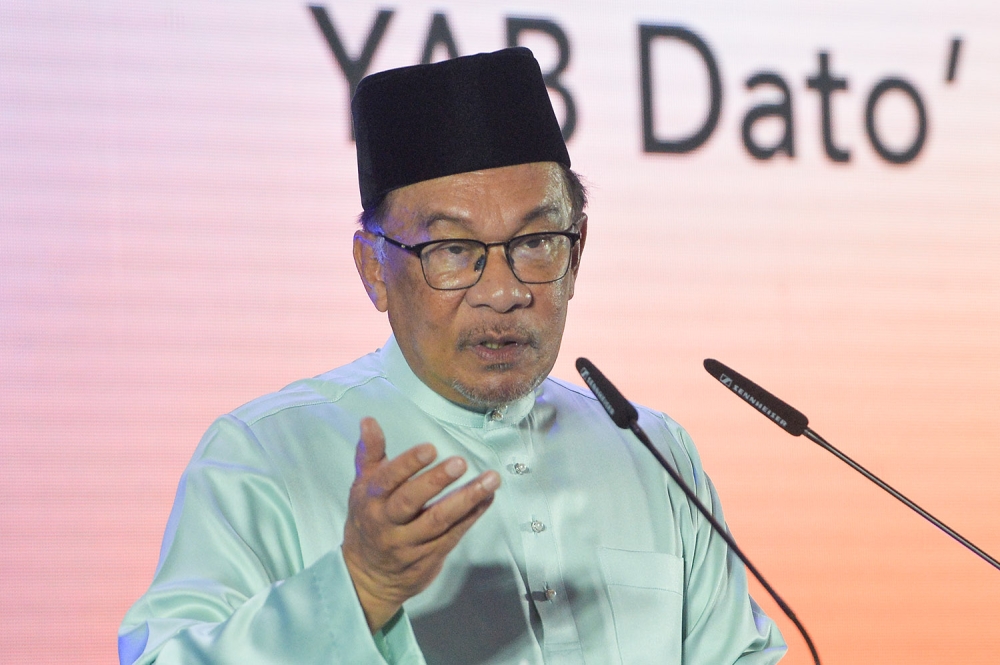
By prioritising domestic processing and value addition, Malaysia seeks to capitalise on its rare earth wealth, fostering industrial growth and job creation.
As reported by Malay Mail, Prime Minister Anwar Ibrahim’s ambitious plans to ban the export of NR-REE raw materials aim to safeguard Malaysia’s resources while maximising economic returns.
The estimated market value of Malaysia’s NR-REE reserves is poised to significantly contribute to the nation’s GDP, with projections indicating a substantial economic boost. Anwar did not specify any timing for the export ban.
Malaysia’s actions follow those of other nations. In August 2023, China enforced an export ban on gallium and germanium in response to restrictions imposed by the U.S. and its allies on exporting advanced technologies to China.
But it’s not just about the money…
Pr, Nd, and Dy are indispensable for the development of efficient electric motors, enabling the proliferation of EVs and reducing reliance on fossil fuels.
Electric cars and clean energy steer Malaysia towards a greener future and thus upkeep our resources for generations to come.
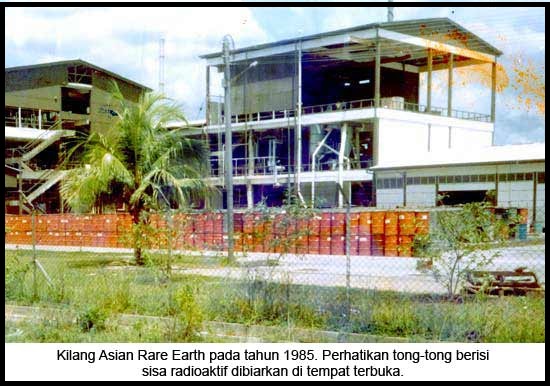
Navigating Environmental And Social Risks
Lessons from Bukit Merah
But wait, there’s a dark side to this story too.
The tragic legacy of the Asian Rare Earth (ARE) refinery in Bukit Merah serves as a reminder of the environmental and social risks associated with rare earth mining. Irresponsible waste disposal led to severe health consequences for residents, including increased rates of leukemia and birth defects.
The closure of the plant in 1994 failed to alleviate the long-term suffering of affected communities, underscoring the enduring impact of environmental mismanagement.
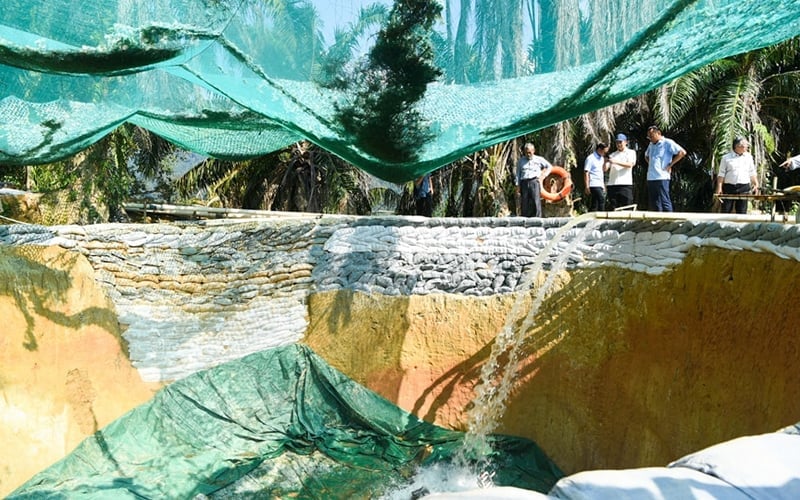
The Straits Times reports that Malaysia has the potential to attract investments totalling up to RM100 billion in the rare earth industry over the next decade, provided the government establishes clear regulations for the sector.
During the Malaysia Global Business Forum in July 2019, Entrepreneurial Development Minister Mohd Redzuan Md Yusof mentioned that some investors have shown interest in rare earth ventures.
However, their enthusiasm is tempered by uncertainty regarding the government’s stance on rare earth processing in the country. Minister Mohd Redzuan explained that potential investors are awaiting clear regulatory guidelines before committing funds.
He noted that there are inquiries from investors interested in investing in downstream sectors utilising rare earth products, but they emphasise the necessity of regulatory clarity before making any financial commitments.
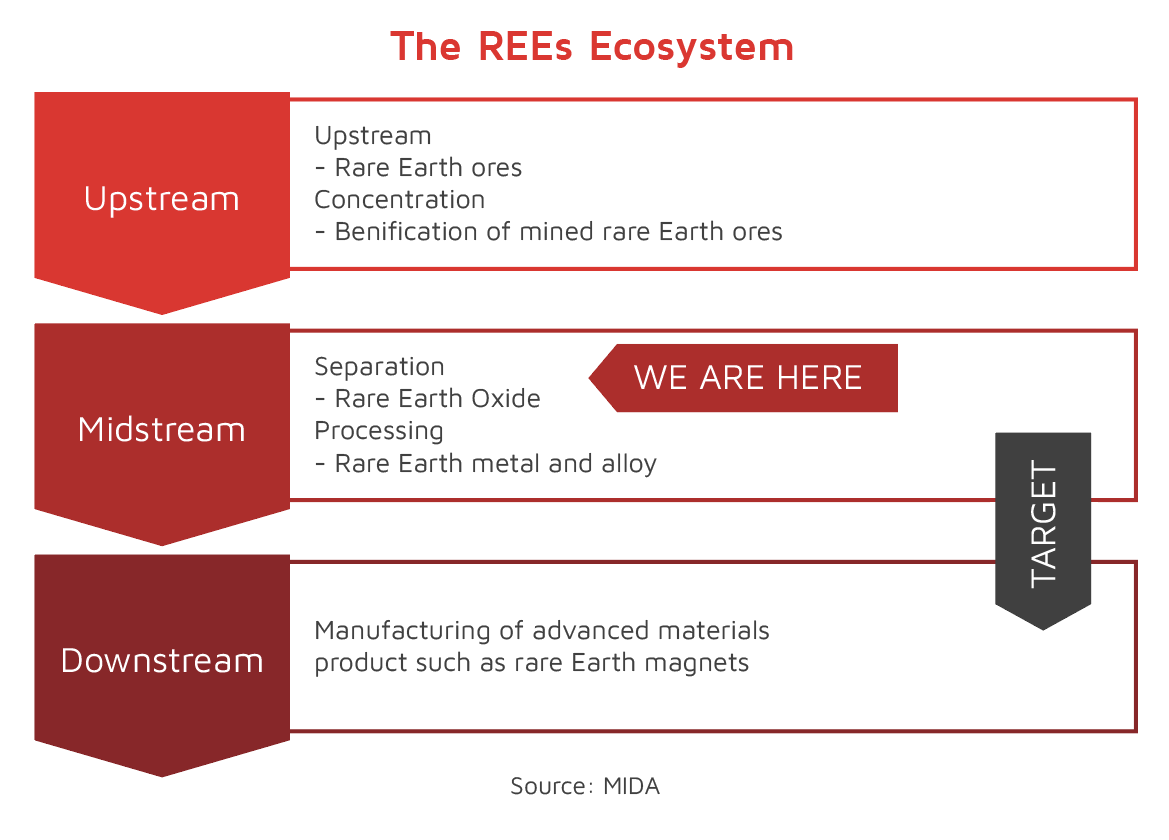
According to MIDA, China leads in rare earth elements (REEs) reserves and refinery capacity, but Malaysia’s Lynas broke the monopoly in 2012. Malaysia, alongside other nations like the US, Australia, and Brazil, is notable for REEs production. The REEs ecosystem is divided into upstream, midstream, and downstream segments. Lynas in Gebeng, Pahang, produces rare-earth oxides with an annual capacity of 22,000 tonnes.
The demand for rare-earth magnets, particularly Nd and Pr, is driving growth. The global rare-earth magnet market was valued at US$7.69 billion (≈ RM31.52 billion) in 2020, expected to reach US$11.61 billion (≈ RM47.58 billion) by 2026. Malaysia, via MIDA, is promoting downstream industries, including rare-earth magnets, under the Promotion of Investment Act (PIA) 1986.
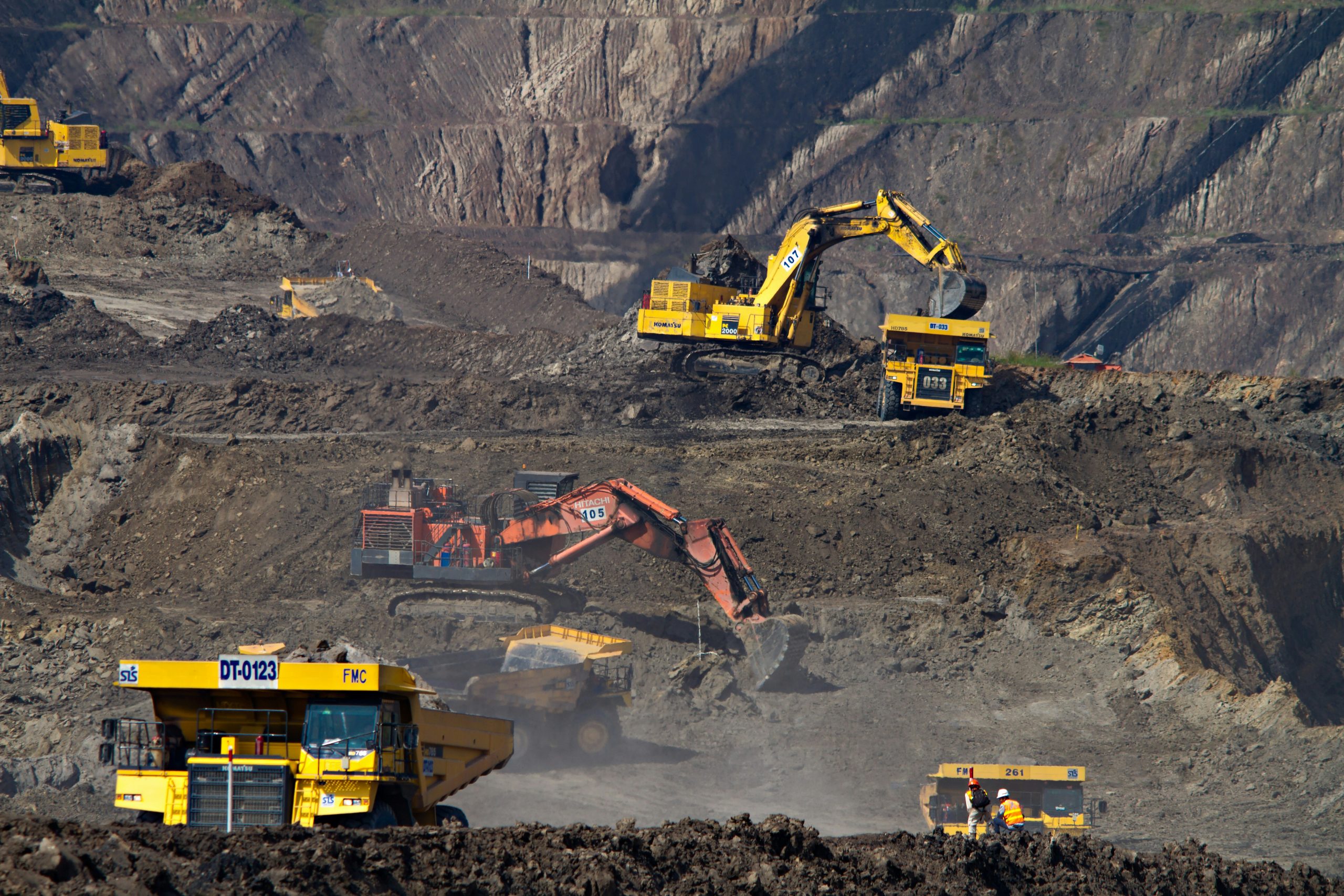
So, how do we do things right?
Prioritising responsible and sustainable practices is paramount. Stringent regulations, transparent oversight, and community engagement are essential for mitigating environmental risks and safeguarding public health.
Rehabilitation efforts must accompany mining activities to ensure environmental conservation and minimise ecological degradation as a result of rare earth exploitation.
Apart from these, collaboration between government agencies, industry stakeholders, and environmental organisations is also essential for advancing environmental stewardship in the rare earth sector, and must be juggled with Malaysia’s commitment to harnessing its rare earth sustainably.
In simpler terms, we need to be careful and responsible when we mine rare earth elements. That means following rules, taking care of the environment, and making sure people remain unharmed by these mining activities.
You don’t need a bulldozer or dump truck to make a change.
As a citizen, you can speak up and engage with policymakers, industry, and communities to advocate for environmental protection and fairness in rare earth mining.
Get involved in public discussions and support local communities affected by mining, or go ahead and volunteer with environmental organisations to advocate for responsible mining practices! Don’t forget to stay informed about other industry developments while you’re at it!


 Get Audio+
Get Audio+ Hot FM
Hot FM Kool 101
Kool 101 Eight FM
Eight FM Fly FM
Fly FM Molek FM
Molek FM
